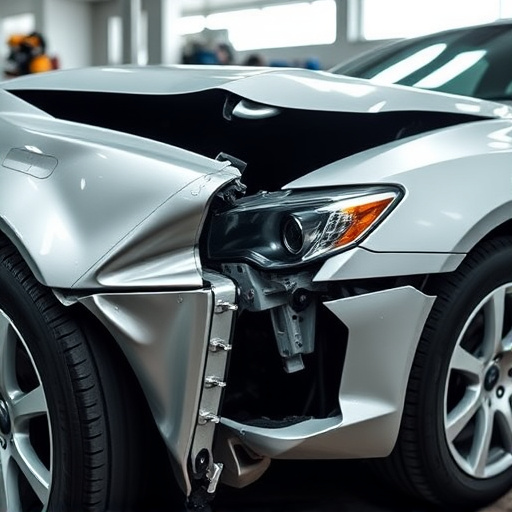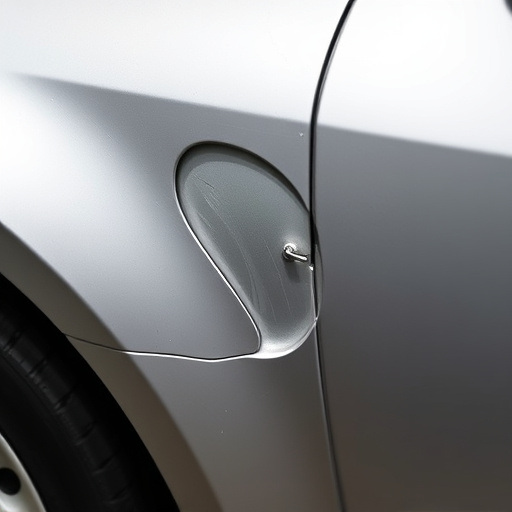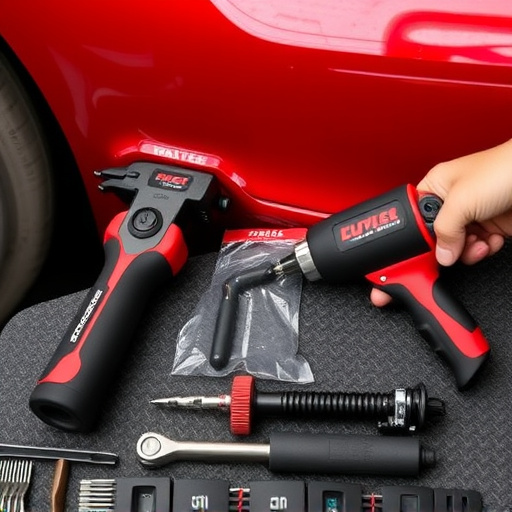Diminished value claims are a crucial part of auto insurance, compensating owners for reduced car resale value after accidents or damage. Proper documentation, including before-and-after photos, repair estimates, and expert testimony, is essential to strengthen these claims. Avoid common pitfalls like inadequate pre-incident documentation and overstating damage by engaging specialized body shops and maintaining thorough records of vehicle condition.
Diminished value claims are a powerful tool for recovering compensation when your vehicle’s value is impacted by damage or accidents. This article offers advanced tips and strategies to navigate the process effectively. We’ll explore the fundamentals of diminished value claims, uncover best practices for documenting and presenting damages, and highlight common pitfalls to avoid. By mastering these techniques, you’ll increase your chances of achieving fair compensation for your vehicle’s reduced worth.
- Understanding Diminished Value Claims: Basics and Beyond
- Effective Strategies for Documenting and Presenting Damages
- Common Pitfalls to Avoid When Pursuing Diminished Value Claims
Understanding Diminished Value Claims: Basics and Beyond

Diminished value claims are a crucial aspect of auto insurance and play a significant role in compensating vehicle owners for the loss of their car’s value after an accident or damage. These claims go beyond mere repairs, focusing on the decreased resale value and overall market worth of the vehicle. Understanding this concept is essential for both policyholders and insurance professionals alike.
When a vehicle sustains damage, whether from a collision at an automotive body shop or a simple car dent repair, it can impact its overall condition and desirability in the market. Diminished value claims assess these factors to determine the reasonable amount of compensation. This process involves considering various elements like the severity of the damage, the age of the vehicle, and market trends. For instance, an auto repair shop’s expertise in restoring vehicles to near-perfect conditions can mitigate the diminished value, ensuring policyholders receive fair compensation for their car’s post-repair state.
Effective Strategies for Documenting and Presenting Damages

When pursuing diminished value claims, proper documentation and presentation of damages are crucial. Start by gathering comprehensive before-and-after photos of the vehicle, capturing both visible and hidden damage. Detailed records of all repair estimates, including from independent appraisers, should be maintained to demonstrate the extent of the diminution in value. Additionally, keep any correspondence with insurance companies or legal entities related to the claim.
In preparing for presentations, organize your evidence logically. Present the initial photos alongside the current state of the vehicle to illustrate the changes. Use repair estimates as supporting documents and, if applicable, include comparative market analysis from similar vehicles post-repair (or what the car could have been expected to fetch in its pre-incident condition). In a car body shop or car body restoration environment, professionals can provide expert testimony on the perceived and actual diminished value, further reinforcing your claim.
Common Pitfalls to Avoid When Pursuing Diminished Value Claims

When pursuing diminished value claims, it’s crucial to steer clear of several common pitfalls that can weaken your case or even render it unsuccessful. One major mistake is failing to document the pre-incident condition of the vehicle thoroughly. This includes taking detailed pictures and keeping records of maintenance history—any lapse in this documentation can become a point of contention during the claim process.
Another pitfall involves not understanding the ins and outs of diminished value itself. This concept refers to the reduction in a vehicle’s value after an accident or damage, often due to repair costs and perceived cosmetic issues by potential buyers. However, it’s essential to recognize that not all repairs result in significant diminished value; for instance, simple touch-ups or replacements of non-visible parts might not impact the vehicle’s resale value as much. Engaging body shop services specializing in accurate diminished value assessments can help ensure your claim accurately reflects the actual loss. Moreover, be wary of overstating the damage; honest and precise evaluations are key to securing a fair settlement, especially when dealing with collision centers or automotive body work repairs.
Diminished value claims are a powerful tool for recovering compensation after an accident, but navigating this process requires careful consideration and expertise. By understanding the fundamentals, employing effective documentation strategies, and steering clear of common pitfalls, individuals can ensure their claims are presented convincingly. Armed with these advanced tips, you can confidently pursue diminished value claims, achieving fair monetary settlements that reflect the true impact of your experience.













